Sourav Pan
Transcript
Introduction to Chlamydomonas, a fascinating genus of unicellular green algae.
These single-celled organisms are found in various environments.
They thrive in freshwater ponds and lakes, moist soil environments, and even on damp tree bark.
Chlamydomonas has two distinctive features that make it remarkable.
First, Chlamydomonas cells have two flagella, which are whip-like structures used for movement.
Second, they contain chloroplasts which allow them to photosynthesize, converting sunlight into energy.
Chlamydomonas serves as an important model organism in biological research.
Scientists use it to study photosynthesis, flagellar movement and structure, cellular responses to light, and for various genetic research and biotechnology applications.
To summarize, Chlamydomonas is a unicellular green algae with two flagella for movement and photosynthetic capability, found in various moist environments.
Now we’ll examine the external features of Chlamydomonas, a fascinating unicellular green alga.
Unlike plant cells that have cellulose cell walls, Chlamydomonas has a cell wall made primarily of glycoproteins arranged in seven layers.
A distinctive feature of Chlamydomonas is its two anterior flagella, which emerge from the apical end of the cell.
These flagella move in a coordinated breast-stroke pattern. During the power stroke, the flagella sweep backward to propel the cell forward.
In the recovery stroke, the flagella curl and return to their initial position with minimal resistance through the water.
This coordinated flagellar movement enables Chlamydomonas to navigate through water toward light or nutrients.
To summarize, Chlamydomonas has a glycoprotein cell wall and two anterior flagella that enable its distinctive movement pattern for finding optimal light and nutrients.
Chlamydomonas contains several specialized internal organelles that perform essential cellular functions.
The most prominent organelle is the cup-shaped chloroplast. It contains chlorophyll which captures light energy for photosynthesis. The chloroplast contains stacked membranes called thylakoids where the light-dependent reactions occur.
Within the chloroplast is a specialized structure called the pyrenoid. The pyrenoid is crucial for carbon fixation, containing high concentrations of the enzyme RuBisCO, which captures carbon dioxide for the Calvin cycle.
The nucleus contains the cell’s genetic material in the form of DNA. It directs cellular activities by controlling gene expression. Within the nucleus is a darker region called the nucleolus, where ribosomal RNA is produced.
Mitochondria are the powerhouses of the cell. Even though Chlamydomonas can photosynthesize, it still needs mitochondria to generate ATP through cellular respiration, especially when light is unavailable.
The Golgi apparatus processes and packages proteins and lipids produced in the cell. These materials are then transported to other parts of the cell or secreted outside via small membrane-bound vesicles.
Contractile vacuoles are specialized organelles that regulate water balance. Since Chlamydomonas often lives in freshwater environments, water constantly enters the cell by osmosis. These vacuoles collect excess water and periodically contract to expel it from the cell.
Here we can see a complete cross-sectional view of a Chlamydomonas cell, showing the spatial arrangement of all internal organelles. Note how the cup-shaped chloroplast occupies a large portion of the cell, with the pyrenoid embedded within it. The nucleus is positioned toward the center, while other organelles like mitochondria, Golgi apparatus, and contractile vacuoles are distributed throughout the cytoplasm.
To summarize, each organelle performs specialized functions that contribute to the overall survival and reproduction of Chlamydomonas. The chloroplast enables photosynthesis, while the pyrenoid enhances carbon fixation efficiency. The nucleus directs cellular activities, mitochondria provide energy, the Golgi apparatus processes proteins, and contractile vacuoles maintain water balance in freshwater environments.
Sexual reproduction in Chlamydomonas is triggered by environmental stress factors.
These stressors include nitrogen depletion, temperature changes, and fluctuations in light intensity.
Chlamydomonas exhibits three distinct types of sexual reproduction.
Isogamy occurs when two gametes of similar size and appearance fuse together.
Anisogamy involves gametes of different sizes, though both remain motile.
Oogamy features a large non-motile egg cell and a small motile sperm cell.
After fusion, the resulting zygote undergoes a series of developmental stages.
The process begins with the formation of a diploid zygote after gamete fusion.
The zygote develops a thick protective wall, becoming a zygospore that can survive harsh conditions.
The zygospore enters a dormant phase, which can last for extended periods during unfavorable conditions.
When conditions improve, meiosis occurs within the zygospore, producing haploid cells.
The zygospore wall ruptures, releasing four haploid cells that can grow into new Chlamydomonas individuals.
To summarize, the sexual reproduction cycle in Chlamydomonas begins with environmental stress, which triggers gamete formation.
These gametes then fuse, forming a zygote that develops into a dormant zygospore.
When conditions improve, meiosis occurs, completing the cycle by releasing haploid cells that grow into new individuals.
Chlamydomonas has a tripartite genome structure, meaning its genetic material is distributed across three distinct cellular compartments.
These three locations are the nucleus, which is the main genetic control center, the chloroplast, which enables photosynthesis, and the mitochondrion, which produces energy.
The nuclear genome of Chlamydomonas consists of seventeen chromosomes. With approximately one hundred and twenty million base pairs, it contains about fifteen thousand genes.
The chloroplast genome has a distinct circular DNA structure, consisting of about two hundred thousand base pairs and encoding approximately one hundred genes. It’s maternally inherited and contains genes essential for photosynthesis.
Unlike most mitochondrial genomes, the mitochondrial DNA of Chlamydomonas has a linear structure. It’s relatively small, with only about fifteen to twenty thousand base pairs encoding approximately twenty genes related to cellular respiration.
The tripartite genome structure of Chlamydomonas makes it exceptionally valuable for research. It serves as an ideal model for studying organelle genome evolution and understanding the coordination between nuclear and organelle genes.
Chlamydomonas is unique among model organisms because all three of its genomes are accessible for experimental manipulation, enabling researchers to study genetic interactions across different cellular compartments.
The three genomes differ dramatically in size. The nuclear genome is the largest at about one hundred and twenty million base pairs, while the chloroplast genome is much smaller at around two hundred thousand base pairs. The mitochondrial genome is the smallest, with only about twenty thousand base pairs.
Together, these three genomes contain all the genetic information needed for Chlamydomonas to grow, reproduce, and adapt to its environment.
Chlamydomonas reinhardtii serves as an exceptional model organism in biological research.
Its rapid growth cycle, haploid genetics, transformable genome, and fully-sequenced DNA make it an ideal subject for laboratory studies.
Researchers utilize Chlamydomonas to investigate fundamental processes like photosynthesis, flagellar movement, cell cycle regulation, and chloroplast development.
In natural ecosystems, Chlamydomonas serves as a primary producer, generating oxygen, sequestering carbon, and providing a crucial food source for aquatic organisms.
Beyond basic research, Chlamydomonas has practical applications in biofuel production, recombinant protein expression, environmental remediation, and water quality assessment.
Current research continues to expand Chlamydomonas applications, with CRISPR gene editing, climate change studies, synthetic biology approaches, and improved biofuel production technologies.
The significance of Chlamydomonas continues to grow as new technologies enhance our ability to study and utilize this remarkable model organism.
Study Materials
No study materials available for this video.
Helpful: 0%
Related Videos
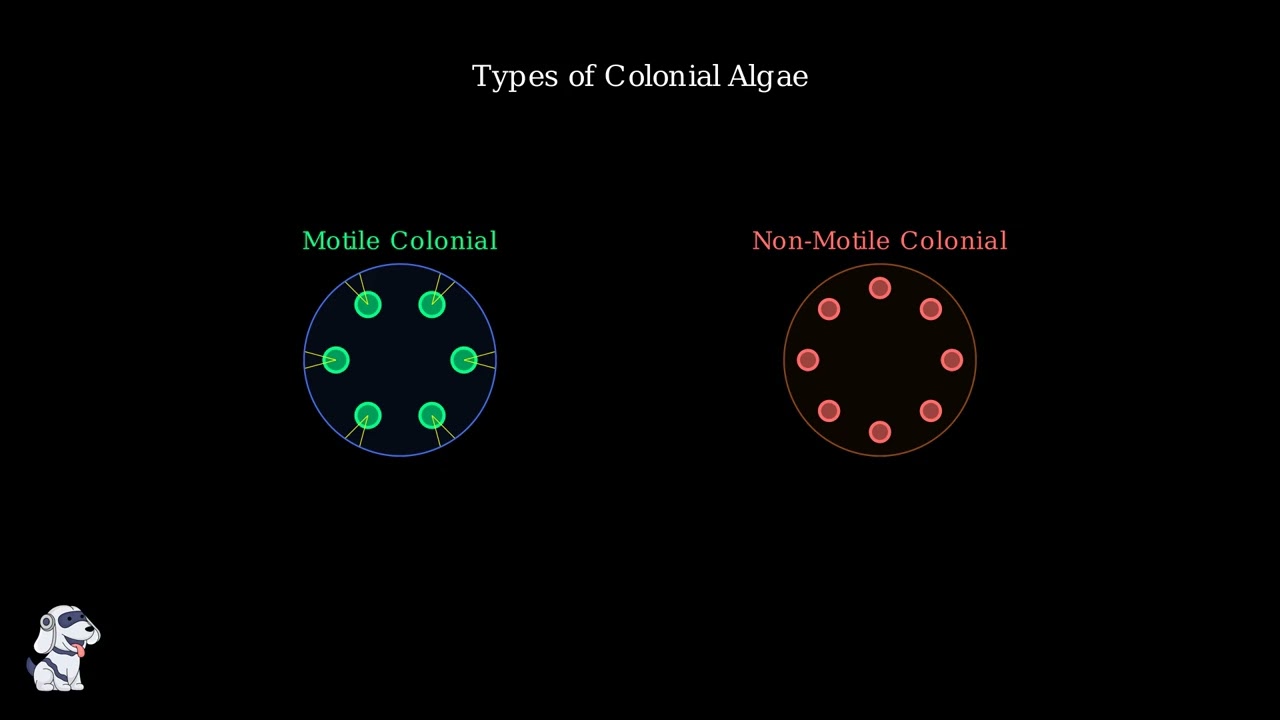
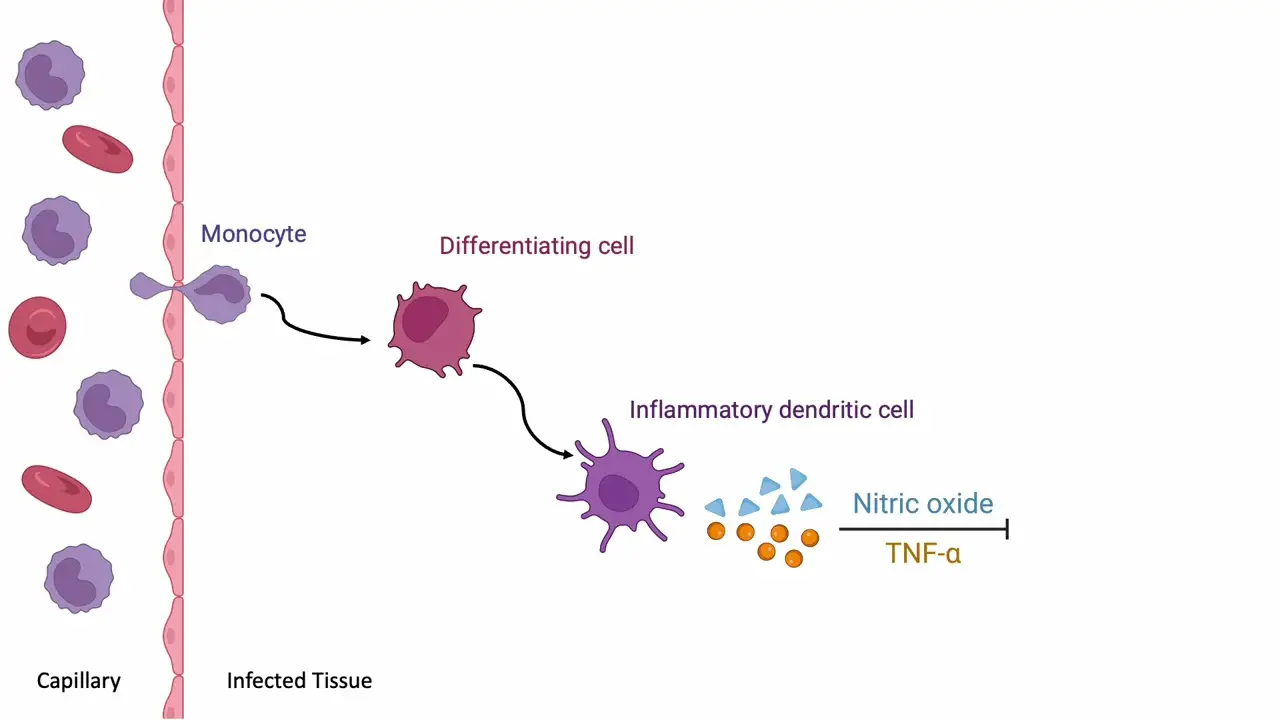
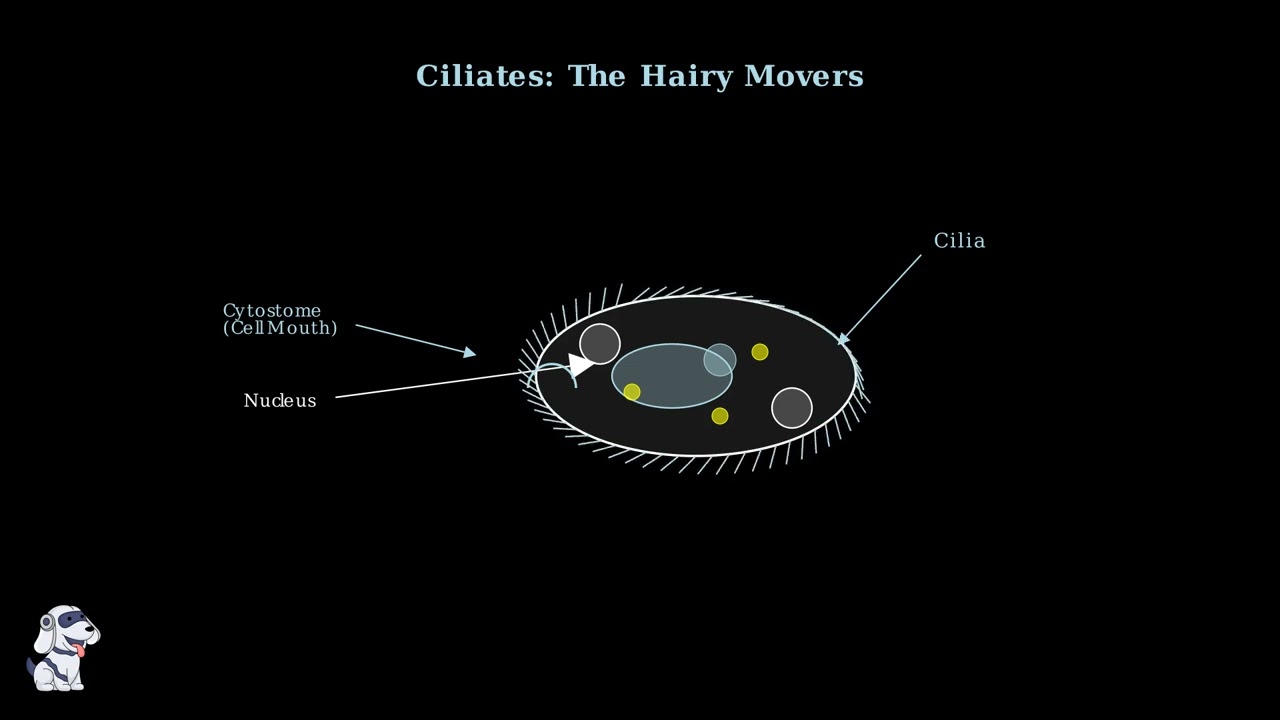
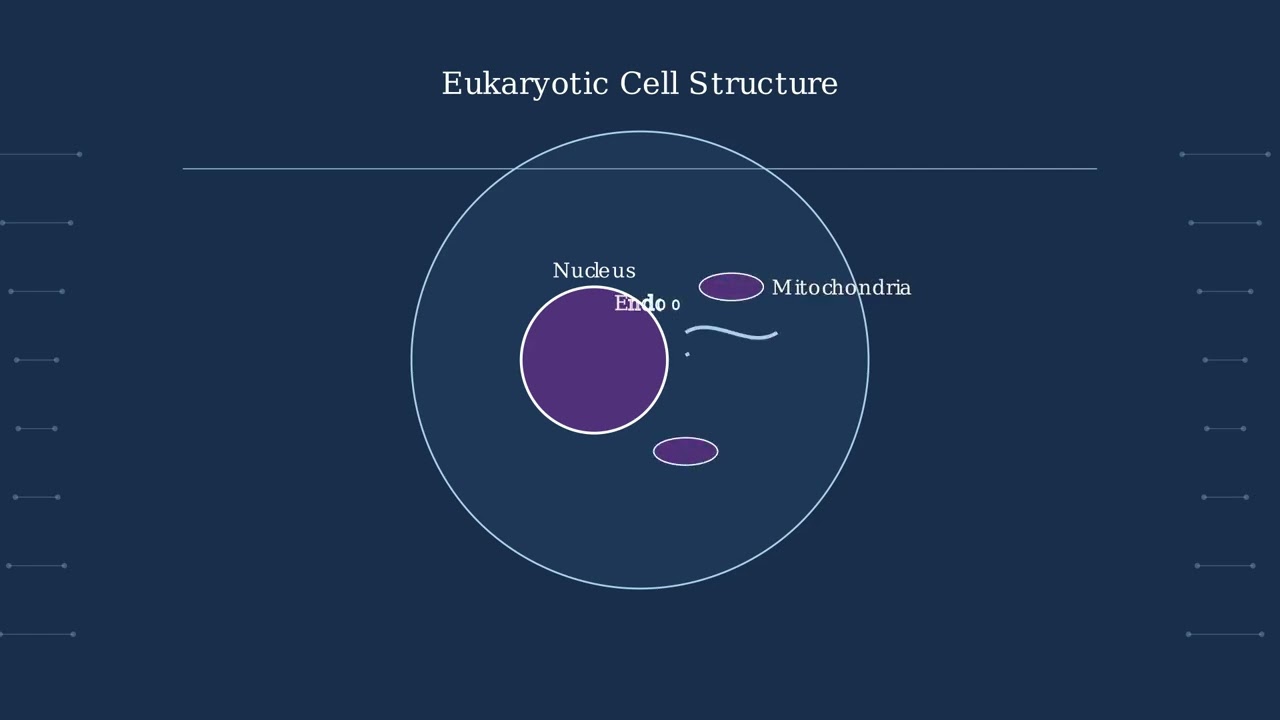

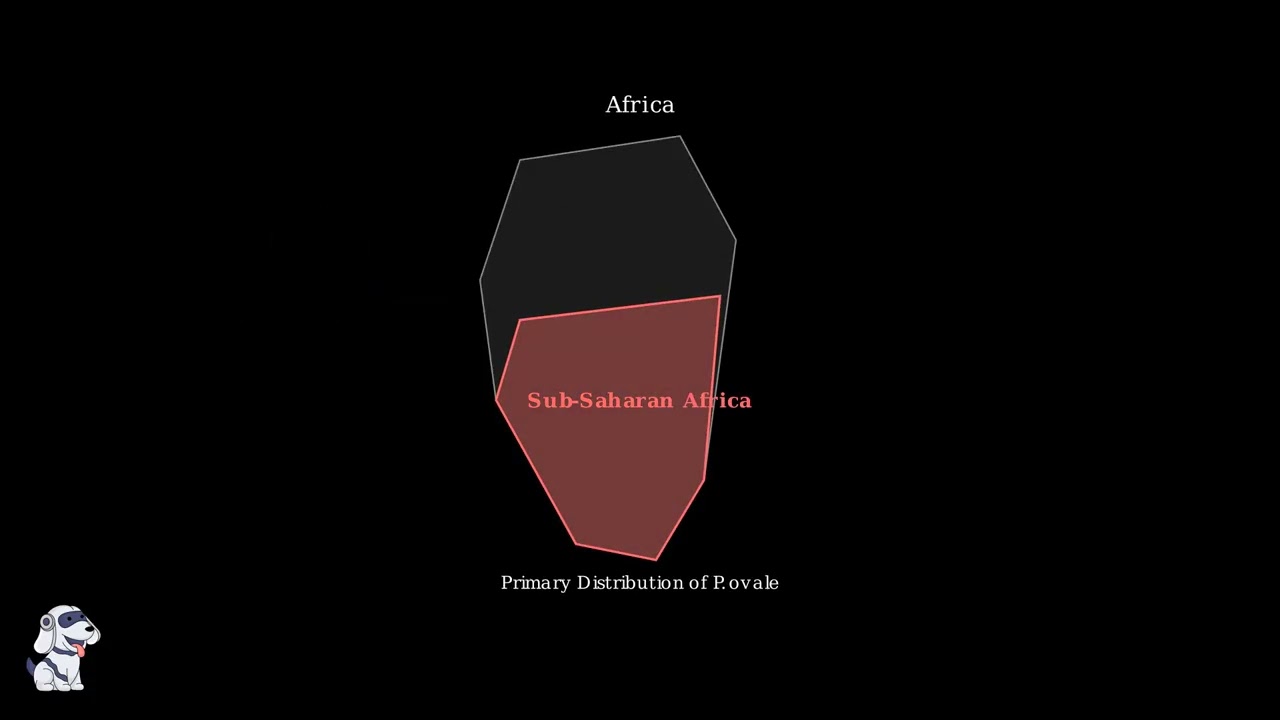
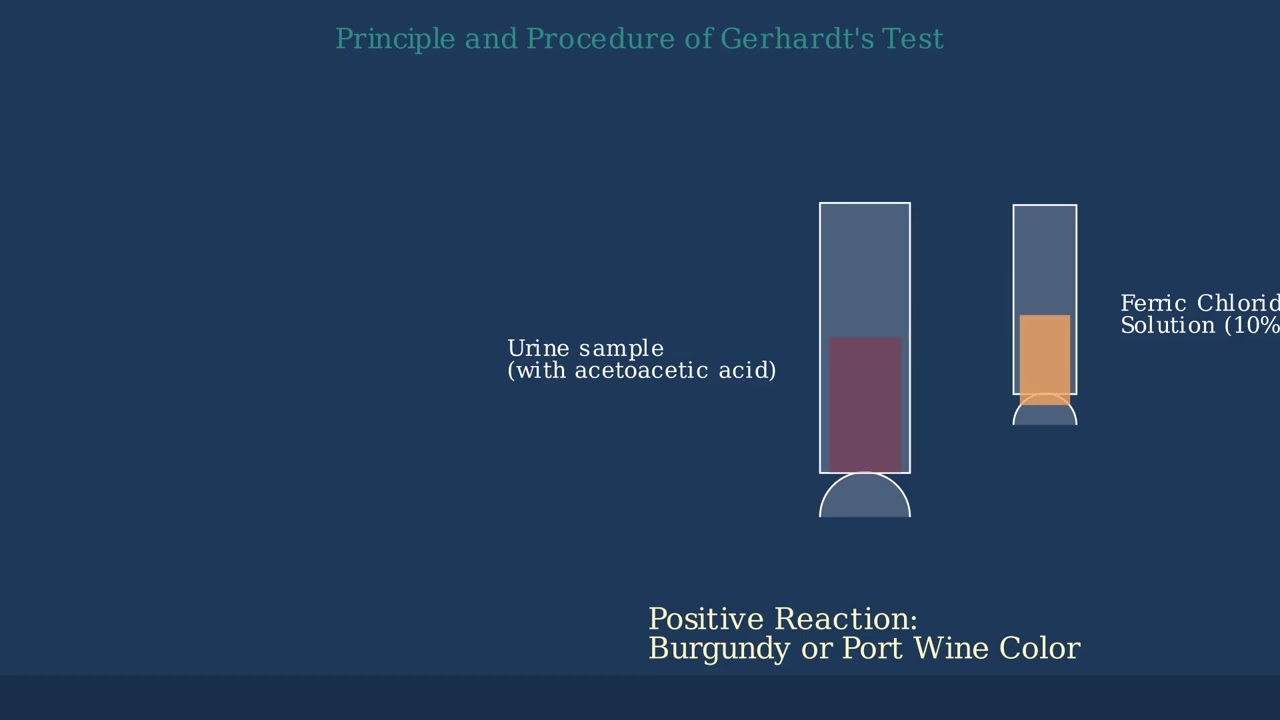
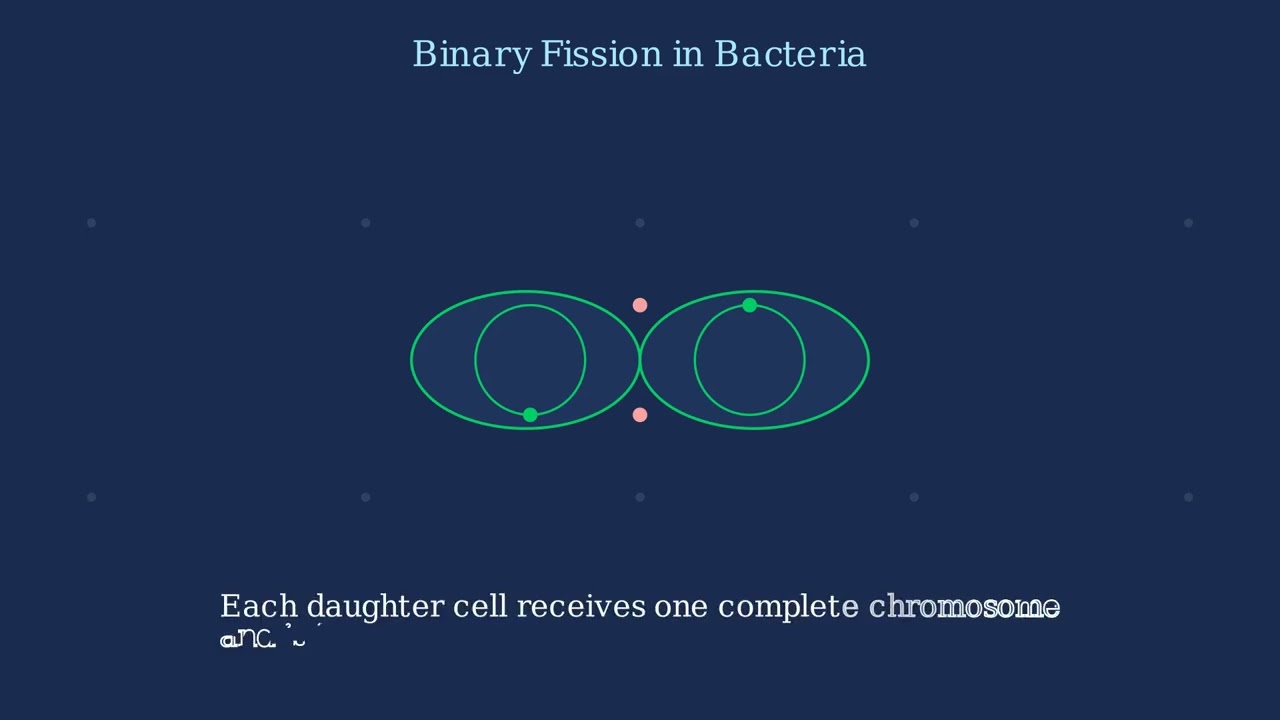
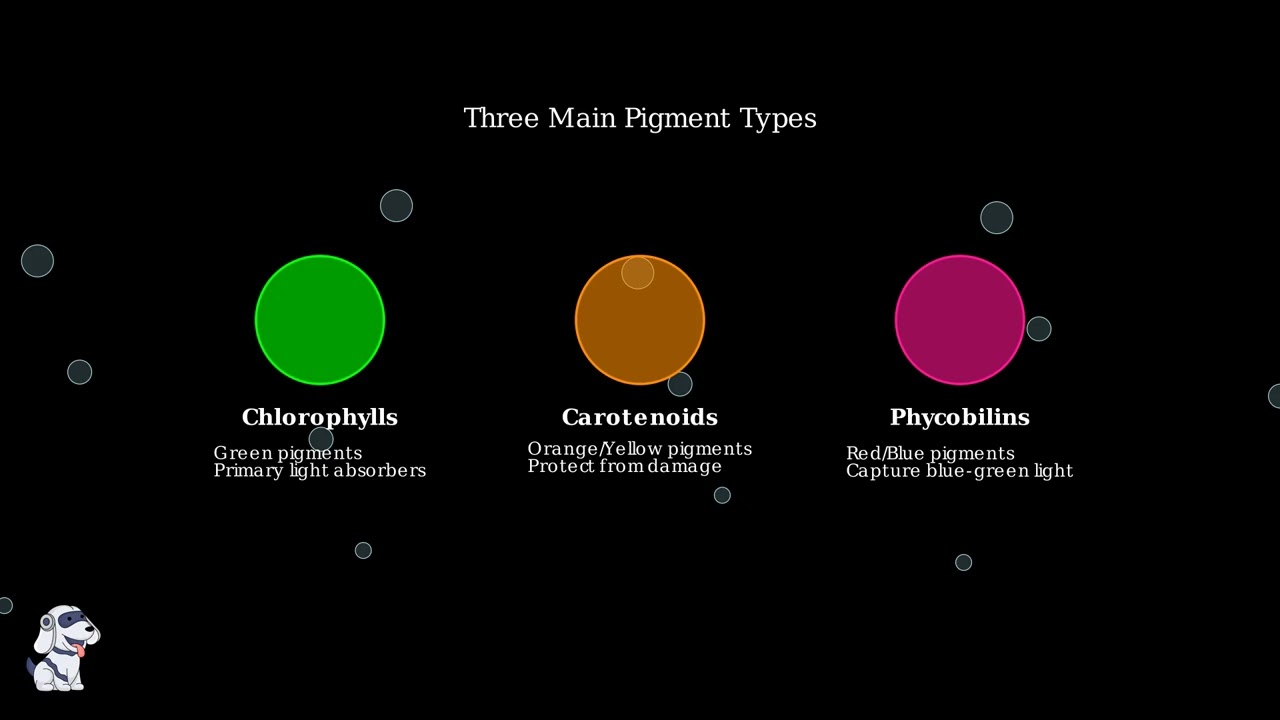
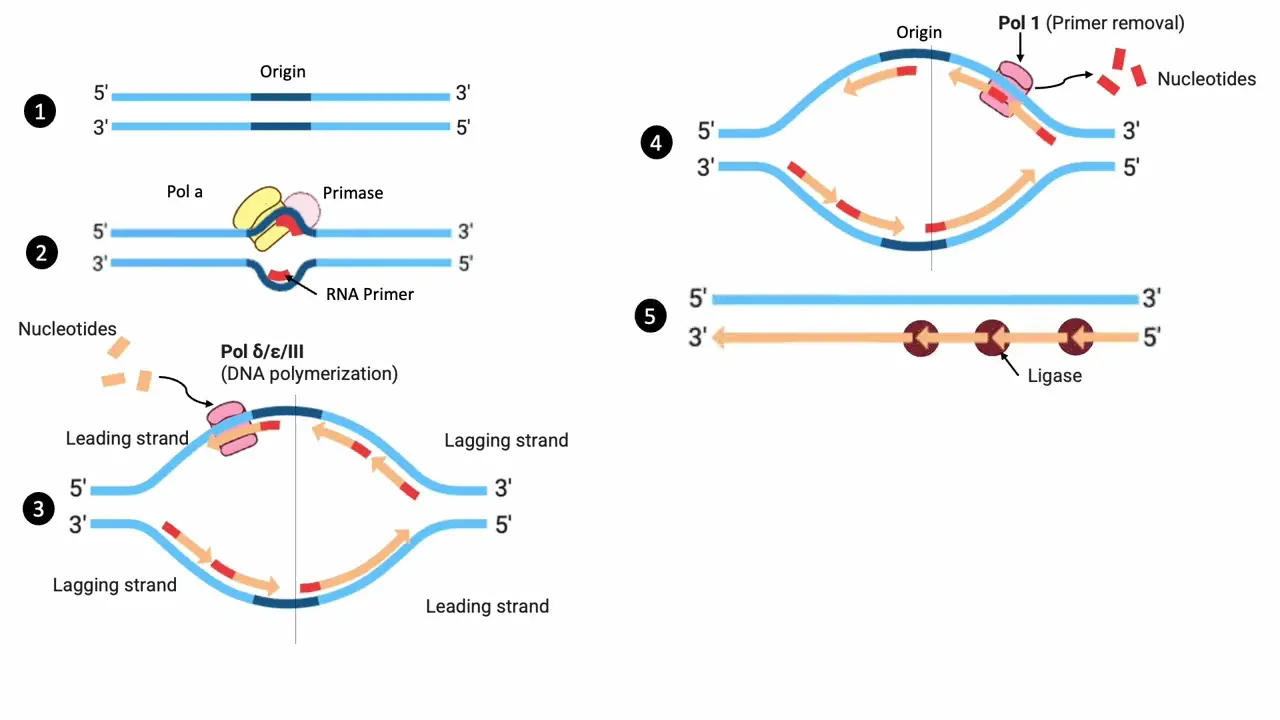
- Text Highlighting: Select any text in the post content to highlight it
- Text Annotation: Select text and add comments with annotations
- Comment Management: Edit or delete your own comments
- Highlight Management: Remove your own highlights
How to use: Simply select any text in the post content above, and you'll see annotation options. Login here or create an account to get started.